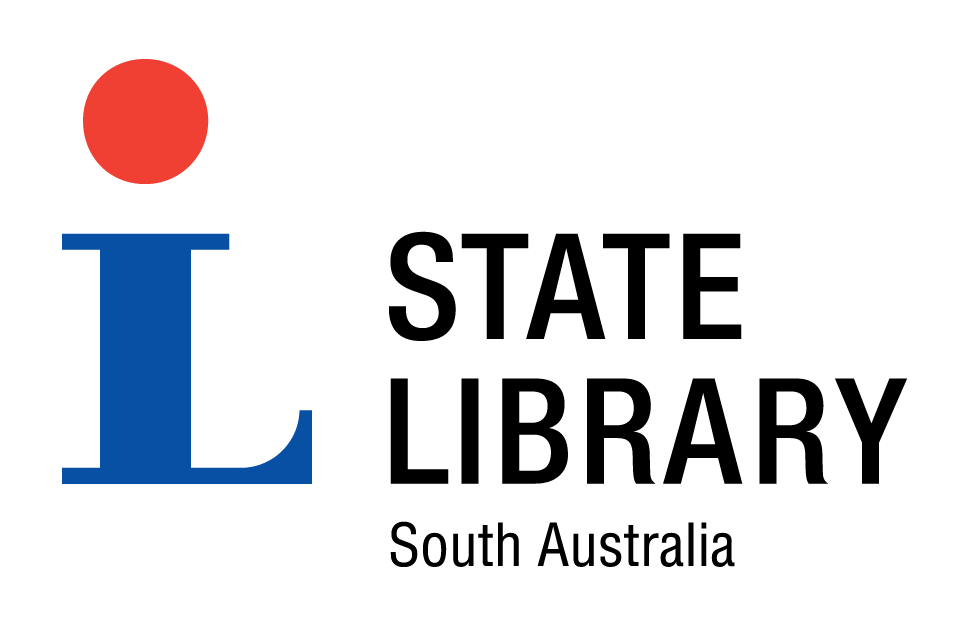
Wheal Margaret Gold Mine |
|||
|---|---|---|---|
| Title : | Wheal Margaret Gold Mine |

|
|
| Creator : | Foelsche, Paul, photographer | ||
| Source : | B 22210 | ||
| Date of creation : | 1880 | ||
| Format : | Photograph | ||
| Dimensions : | 159 x 207 mm | ||
| Contributor : | State Library of South Australia | ||
| Catalogue record | |||
| The State Library of South Australia is keen to find out more about SA Memory items. We encourage you to contact the Library if you have additional information about any of these items. | |||
| Copyright : | Reproduction rights are owned by State Library of South Australia. This image may be printed or saved for research or study. Use for any other purpose requires permission from the State Library of South Australia. To request approval, complete the Permission to publish form. |
| Description : |
'Wheal Margaret' Gold Mine (known as 'Bismarck's Claim') at Extended Union. Extended Union was near the McKinlay River in the Northern Territory. 'Wheal' is the Cornish word for 'mine'. In the 1870s there were several gold rushes in the Northern Territory, particularly around the Pine Creek region. Paul Heinrich Matthias Foelsche was born in 1831 in Germany migrated to Australia in 1856. He first worked at the Victorian goldfields. In November 1856 Foelsche was appointed as a trooper in the South Australian Mounted Police. He was transferred to Strathalbyn and in 1869 was appointed sub-inspector in charge of the Northern Territory Mounted Police, relocating to Palmerston (Darwin). Here Foelsche acquired a formidable reputation for solving crimes, particularly those relating to Indigenous suspects. Foelsche published an authoritative paper 'Notes on the Aborigines of North Australia' which was read to the Royal Society of South Australia on 2 August 1881. From the early 1870s Foelsche succeeded Captain Samuel White Sweet as leading photographer of the Northern Territory, capturing images of local people (especially Indigenous people), landscapes, businesses and industries. Foelsche died in 1914. |
| Subjects | |
| Related names : | Foelsche, Paul, H.M. (1831-1914) |
| Coverage year : | 1880 |
| Period : | 1852-1883 |
| Place : | Extended Union |
| Region : | Northern Territory |
| Further reading : | Stone, D. I. Life on the Australian goldfields Carlton, Vic. ; [Sydney] : Methuen of Australia, [1976] Hocking, G Gold: a pictorial history of the Australian gold rush, Rowville, Vic: Five Mile Press, 2006, c2000 Gold escort re-enactment Adelaide : S.A. Police, Commonwealth Bank, 1986 Foelsche, P The photography of Paul Foelsche : centenary exhibition, Darwin 1970 Darwin: Corporation of the City of Darwin, 1970 Foelsche, P 'Notes on the Aborigines of North Australia' Transactions and Proceedings and Report of the Royal Society of South Australia, 5 (1881-82), Adelaide, S. Aust. : The Society, 1879-1889 Downer, S Patrol indefinite: the Northern Territory Police Force Adelaide : Rigby, 1977 |
| Internet links : | The Australian gold rush : stories from Australia's culture and recreation portal Noye, RJ Australian dictionary of biography online edition Foelsche, Paul Heinrich Matthias (1831 - 1914) State Library of South Australia Mines and mineral resources |


